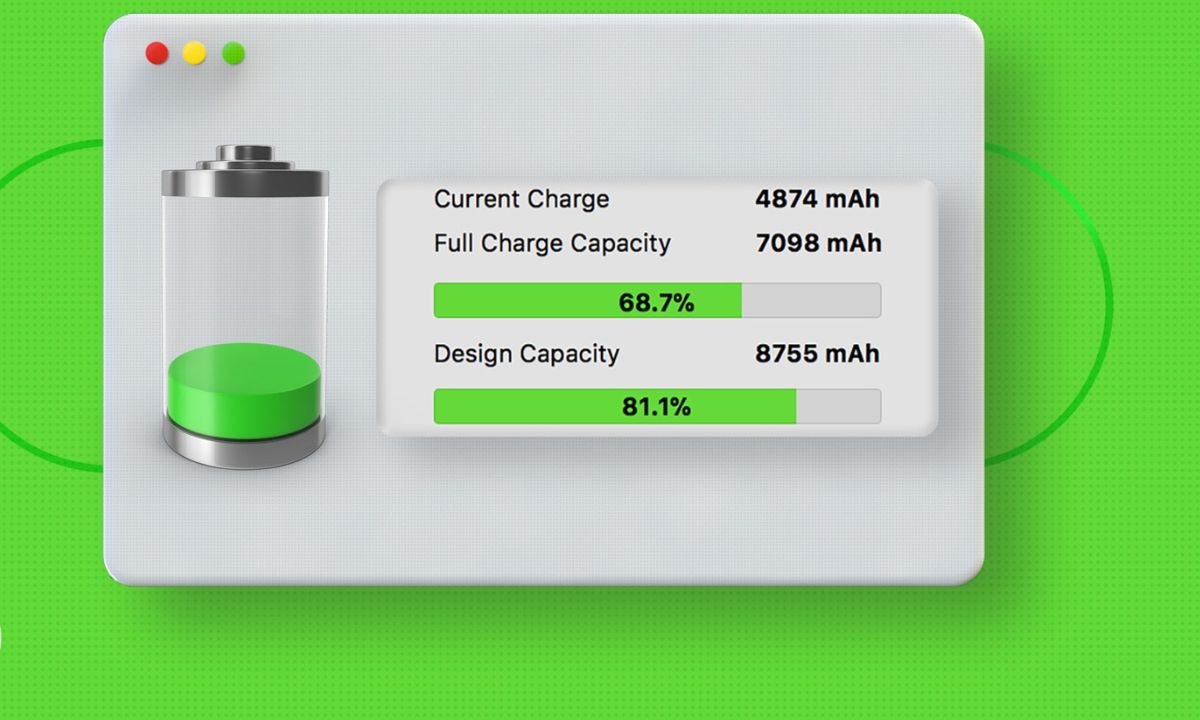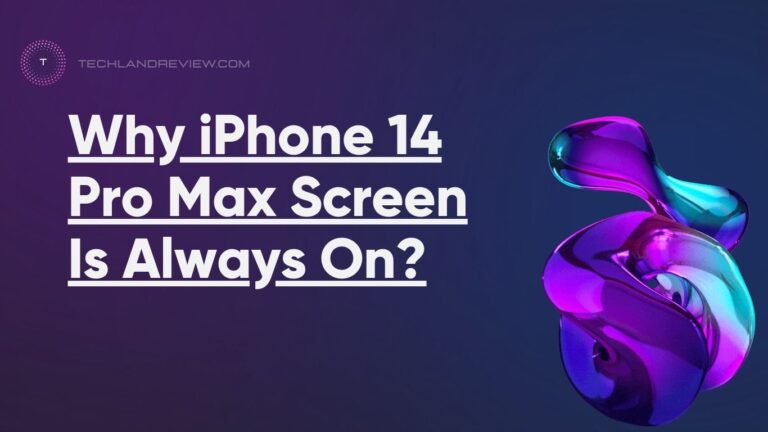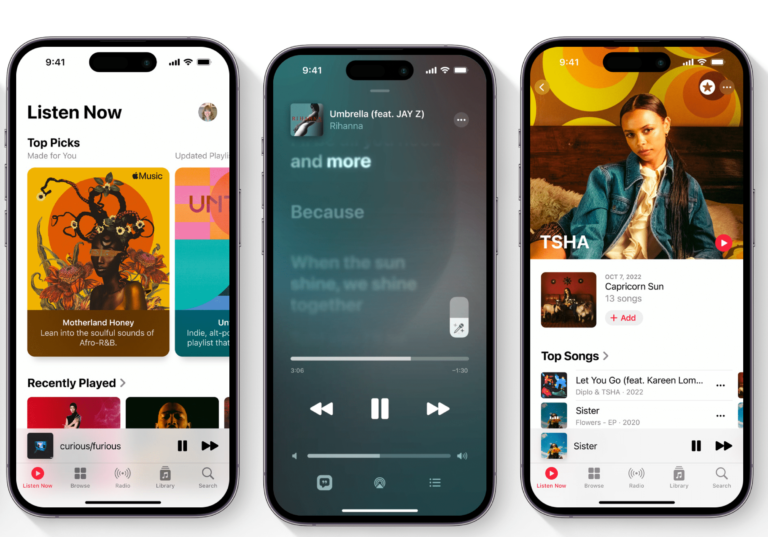How To Make Your Mac Stop Charging at 80%
Prolonging the lifespan of your MacBook’s battery is likely a priority if you rely on your device daily. One of the ways you can do this is by limiting the…
Prolonging the lifespan of your MacBook’s battery is likely a priority if you rely on your device daily. One of the ways you can do this is by limiting the maximum charge to 80%. This article will guide you on how to make your Mac stop charging at 80%.
Use Apple’s Battery Health Management (macOS Catalina 10.15.5 onwards) or third-party apps like AlDente to set max charge limit to 80%.
Understanding Battery Health Management
Before diving into the step-by-step process, it’s important to understand why limiting the charge to 80% can benefit your MacBook’s battery.
Lithium-ion batteries, such as those used in MacBooks, tend to degrade over time. Consistently charging the battery to 100% can accelerate this degradation, especially if the battery remains at 100% for extended periods. By limiting the charge to 80%, you can potentially extend your battery’s overall lifespan.
Using AlDente to Control Your Mac’s Charging Percentage
AlDente is a third-party app that enables you to set a specific limit to your MacBook’s battery charge. Here’s a step-by-step guide on how to use AlDente to make your Mac stop charging at your desired percentage.
- Download AlDente: Visit the AlDente GitHub page and download the latest version of the app.
- Open the Downloaded File: Once the download is complete, open the .dmg file.
- Install AlDente: Drag and drop the AlDente icon into your Applications folder to install the app.
- Launch AlDente: Go to your Applications folder and open AlDente. If you encounter any security warnings (since this app is downloaded from the internet), navigate to your System Preferences > Security & Privacy and allow AlDente to open.
- Grant Permissions: The app will require you to grant some permissions for it to work correctly. Follow the on-screen instructions to allow these permissions.
- Access AlDente from the Menu Bar: Once installed and given permissions, you will see an AlDente icon in your menu bar.
- Set Maximum Charge Limit: Click on the AlDente icon in the menu bar, and a slider will appear. Move the slider to the desired maximum battery charge limit. For instance, if you want your MacBook to stop charging at 80%, set the slider to 80.
- Confirm Your Settings: Once you’ve adjusted the slider, AlDente will automatically set the new maximum charge limit.
- Monitor Your Battery: You can keep track of your battery status from the AlDente icon in the menu bar.
- Adjust as Needed: You can adjust the maximum charge limit as needed by simply moving the slider in the AlDente menu.
Remember, while setting a lower charging limit can help preserve your battery health over the long term, it does mean you’ll have less battery power available for times when you can’t be plugged in. So, set your charging limit according to your typical usage and needs.
Enable Battery Health Management (macOS Catalina and Later)
If your MacBook is running macOS Catalina (10.15.5) or later, Apple has a built-in feature called Battery Health Management. This feature is designed to slow down battery aging by reducing the maximum charge when it predicts your MacBook will be connected to a charger for an extended period.
Follow these steps to enable Battery Health Management:
- Click the Apple menu in the top left corner of your screen.
- Select “System Preferences.”
- Click “Energy Saver.”
- Click “Battery Health…”
- In the dialog that appears, tick the “Battery health management” checkbox.
- Click “OK.”
Remember, this system dynamically manages the maximum charge based on your usage patterns. It does not strictly limit it to 80%, but it may often result in charges around that level.
Use Third-Party Software (Older macOS Versions)
If you’re using an older macOS version, you might consider third-party apps like AlDente or CoconutBattery. These tools can help you manage your MacBook’s charging and set a maximum limit to the battery charge.
Maintain Regular Updates
Ensure your macOS is up-to-date as Apple continually improves and updates its battery management algorithms. Regular updates not only help with battery health but also ensure your device remains secure and runs smoothly.
Conclusion
Extending your MacBook’s battery lifespan is as simple as managing the maximum charge level. Enabling Battery Health Management or using third-party apps can prevent the battery from consistently charging to 100%, thus potentially prolonging its life. Pair this with regular device updates and optimal usage habits, and you can keep your MacBook running efficiently for a longer time. Remember to explore our other articles on Techland Review for more tips and guides.







